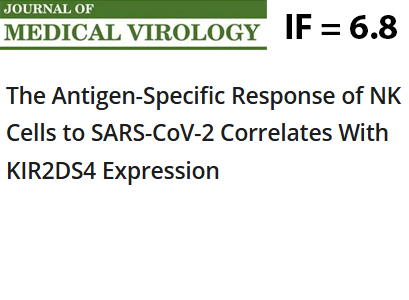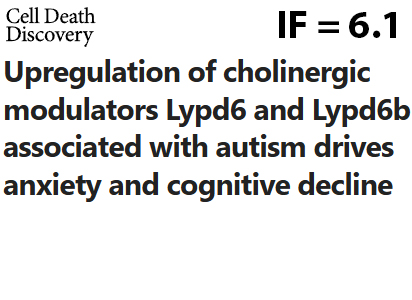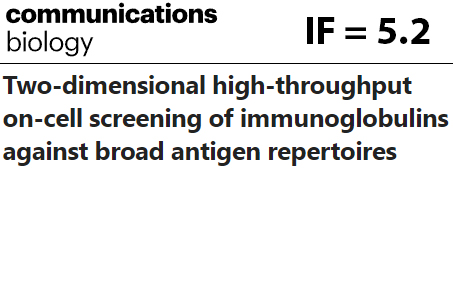Press-room / Digest

Unveiling the unusual i-motif-derived architecture of a DNA aptamer exhibiting high affinity for influenza A virus
Scientists from IBCH RAS in collaboration with other institutes have established a unique structure of an aptamer to the hemagglutinin of the influenza A virus. The authors showed that the parent aptamer BV42, containing an extended cytosine tract, folded into i-motif, one of the non-canonical nucleic acid structures. However, the conformational heterogeneity of BV42 hindered detailed structural analysis. The use of computational methods and chemical modification helped to identify a potential binding site and apply a unique approach to eliminating conformational diversity while retaining high binding affinity. NMR spectroscopy confirmed the unique structure of the optimized aptamer, containing an i- motif and a duplex module with flexible junction. The results represent significant progress in the rational design of aptamers, highlighting the functional potential of DNA i-motifs for specific protein recognition under physiological conditions. The results are published in Nucleic Acids Research.

The Antigen-Specific Response of NK Cells to SARS-CoV-2 Correlates With KIR2DS4 Expression
The immune response of NK cells to the SARS-CoV-2 virus in the context of the formation of immunological memory remains unknown. Scientists from the IBCh RAS in collaboration with other institutes have established the SARS-CoV-2-specific nature of NK cell responses in COVID-19-experienced individuals. Upon stimulation with SARS-CoV-2 peptides, such donors demonstrated enhanced level of activation, degranulation, IFNγ production, and proliferation of NK cells, as well as upregulation of genes involved in protein transport, metabolism, and immune response. The upregulated gene for activating KIR2DS4 receptor correlated with an enhanced NK cell response to SARS-CoV-2 peptides, indicating a possible role of this receptor in recognizing SARS-CoV-2. The work was supported by RSF grant 22-15-00503 and published in the Journal of Medical Virology.

Upregulation of cholinergic modulators Lypd6 and Lypd6b associated with autism drives anxiety and cognitive decline
A duplication of the chromosomal region 2q23.q23.2, carrying LYPD6 and LYPD6B genes, leads to intellectual disability and autistic features. Researchers from the Neurotransmitter and Neuroreceptor Bioengineering Laboratory, Shemyakin-Ovchnnikov Institute of Bioorganic Chemistry of RAS together with colleagues from Lomonosov State University and Institute for Biomedical Problems of RAS, used a mouse model to study the consequences of overexpression of the Lypd6 and Lypd6b proteins in the brain, which is typical for patients with autism and other neuropsychiatric disorders. A two-week intracerebral infusion of recombinant Lypd6 and Lypd6b analogs impaired memory, increased acute anxiety, reduced dendritic spine density in the hippocampus and amygdala, and led to decreased expression of endogenous Lypd6, Lypd6b, and the α7 nicotinic receptor in the hippocampus. Moreover, in the work I shown that Lypd6b, Like Lypd6, is a negative allosteric modulator of nicotinic receptors. The work is supported by the Russian Science Foundation and published in the journal Cell Death Discovery (IF 6.1).

Origin, Evolution and Diversity of φ29-like Phages
Phage φ29 and related bacteriophages are currently the smallest known tailed viruses infecting various representatives of both Gram-positive and Gram-negative bacteria. Searches conducted using public genomic databases revealed in excess of 2000 sequences that share the characteristic features of phage φ29. An analysis of major capsid proteins (MCPs) of φ29-related phages indicated the dissimilarity of MCP sequences to those of almost all other known Caudoviricetes groups and a possible distant relationship to MCPs of T7-like phages. Sequence searches conducted using HMM revealed the relatedness between φ29-like phages and an unusual lactococcal phage, KSY1 (Chopinvirus KSY1), whose genome contains two genes of RNA polymerase. The combination of the unique features and distinctive origin of φ29-related phages suggests the categorisation of this vast group in a new order or as a new taxon of a higher rank. The results are published in the International Journal of Molecular Sciences. Learn more
Two-dimensional high-throughput on-cell screening of immunoglobulins against broad antigen repertoires
Identifying high-affinity antibodies in human blood serum is a non-trivial task due to the extremely small number of circulating B-cells with the specified specificity. A team of scientists from the IBCh RAS proposed an effective approach that allows for the identification of high-affinity antibodies against pathogen proteins while simultaneously mapping epitopes, even in the absence of information about the structure of the pathogen's immunogens. To screen therapeutic antibodies in the blood of recovered donors, only the pathogen's transcriptome is needed to create a polypeptide library of antigens displayed on the surface of a bacteriophage. The work was published in the journal Communications Biology. Learn more


